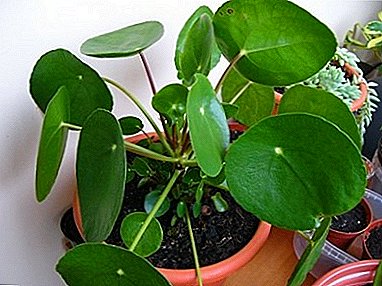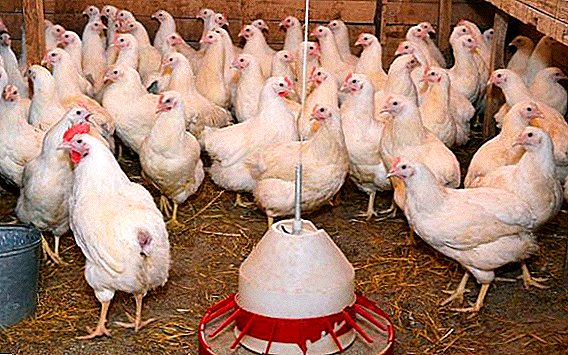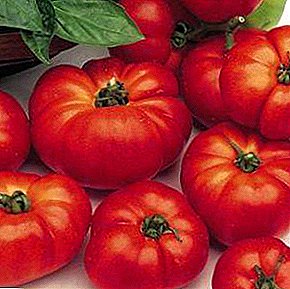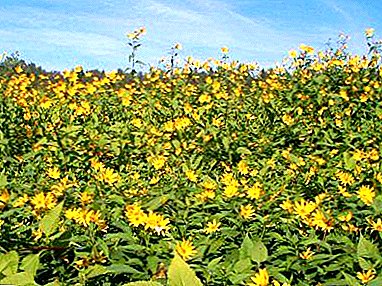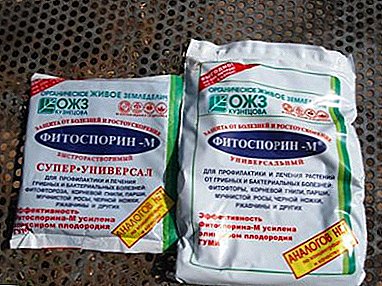
Orchid is now gaining unprecedented popularity among both amateurs and professional florists. Indeed, thanks to such an exotic plant, everything around it seems unusual and flourishing.
Phalaenopsis are purchased in large quantities, despite the fact that most often you have to organize special conditions for growing a flower. Therefore, if we ensure proper and regular care for the orchid, problems can be avoided altogether.
This article will contain information about the pests of an exotic flower, how to control them with phytosporin and how to dilute the drug and soak the cuttings and roots of plants in it.
What it is?
Phytosporin is the newest preparation of biological origin. Every grower must know how to apply it. After all, it was created to combat plant diseases, the source of which are fungi and bacteria. These pests most often attack:
- home plants;
- shrubs;
- fruit and vegetable crops.
This drug is used not only to combat parasites, but also for rooting cuttings. Handle them immediately before planting.
What is it used for?
 Phytosporin quickly spreads through the vascular system of plants. The basis of the drug is spores, which release waste products. These products inhibit the development of fungal and bacterial diseases, and then completely destroy them. The product fights well with the following pests:
Phytosporin quickly spreads through the vascular system of plants. The basis of the drug is spores, which release waste products. These products inhibit the development of fungal and bacterial diseases, and then completely destroy them. The product fights well with the following pests:
- powdery mildew;
- root rot;
- Fusarium;
- bacteriosis.
Phytosporin is an indispensable helper of the Orchid genus, but the effect depends on many factors. Often, the performance ranges from 65% -95%.
The described preparation is one of low toxicity, therefore it is possible to make treatment in residential premises as well - it does not threaten with severe poisoning.
When is the treatment contraindicated?
Special instructions for contraindications to the use of no. Harm drug will not bring in any case. but with very frequent use, the effect of the treatment may be reduced. Therefore, phytosporin for processing should be diluted as required by the instructions.
Release form
The drug is available in several forms.
- In the form of a liquid or aqueous suspension. Living cells and spores are contained in an amount of at least one billion to one milliliter of the drug.
- In powder form. Sold in bags weighing 10 and 30 grams. In one teaspoon can hold 3-3.5 grams of the powder.
- Paste. Its mass is 200 grams. In turn, in one gram is more than 100 million living cell organisms.
Composition
Fitosporin is a fungicide of biological origin. This explains its composition, in which there is nothing but living cells and spores of fungal bacteria.
These components allow the drug to survive the following adverse factors:
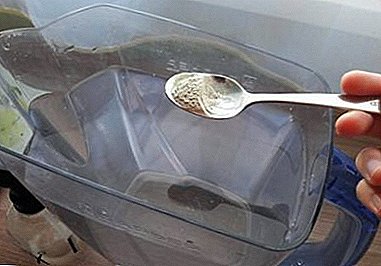 frost;
frost;- heat
- drought;
- increased air humidity.
In such conditions, the entire drug is converted into spores. There is another type of phytosporin for sale, in which additional useful elements have been added.
Usually such additives are:
- potassium;
- phosphorus;
- nitrogen;
- a piece of chalk.
Important! The fact that Fitosporin is a biological drug does not mean that they should be used often without a specific need.
When does it apply?
Florists use herbal medicine to solve the following problems with plants:
- the beginning of wilting;
- the development of fungal and bacterial diseases;
- root rot;
- the appearance of black legs;
- the beginning of the development of late blight.
Also, gardeners often use this drug for the treatment of planting material. Phytosporin is especially necessary for orchids during their flowering and reproduction. (How and what else can you feed a flower during flowering?).
In the case when the orchid was practically destroyed by pests, the phyto-means will not have a regenerating effect. In this case, you will need drugs stronger with a more reactive composition.
Safety
Phytosporin is assigned a fourth hazard class for humans and a third for bees. In case of non-compliance with the safety instructions specified in the instructions, there is a risk of irritation of the mucous membrane. It should be noted that this tool does not possess phytotoxicity.
 Wear rubber gloves when handling this drug. Do not be amiss to wear a protective apron. Do not smoke, eat or drink during work.
Wear rubber gloves when handling this drug. Do not be amiss to wear a protective apron. Do not smoke, eat or drink during work.
If Fitosporin is in contact with the skin or mucous membranes, rinse the affected area immediately under running water. If swallowed accidentally, you must drink a large amount of purified water (at least 3-4 glasses), take activated charcoal and induce vomiting.
Where to buy and how much?
In Moscow and the Moscow region, a package weighing 10 grams can be bought for 25 rubles, while in St. Petersburg and the Leningrad region the same package can be found for a lower price - 16 rubles. 10 liters of suspension in Moscow can be purchased for 277 rubles, and in the northern capital - for 200 rubles.
Step-by-step instruction
Treatable:
- seeds;
- cuttings;
- soil before sowing or planting.
Dosage
The required amount of the drug depends on the following factors:
- processing method;
- type of cultivated plant;
- purpose of use.
- For spraying phalaenopsis, you need to take ten drops of Fitosporin and add them to the mixture of Fitosporin and water (the proportions of the mixture are 1: 1).
- To water the orchid, you need to prepare another solution. To do this, 15 drops of herbal remedies dissolved in 1 liter of pure water.
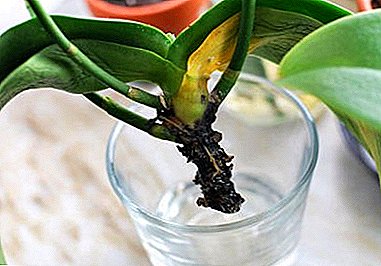 To soak the cuttings of the plant, you need 4 drops of paste mixed in 0.2 liter of water.
To soak the cuttings of the plant, you need 4 drops of paste mixed in 0.2 liter of water.- There is a bottled drug. For the prevention of disease using 4 drops of 0.2 liters of water. And for the treatment of detected ailments 10 drops in the same amount of water.
Experienced growers strongly do not recommend using Fitosporin "by eye". Before using it, you need to familiarize yourself with the thorough study of information on how to properly dilute the paste and other types of preparation for treatment and how long to keep the orchid cuttings in solution.
How to mix powder?
This process may be different. It all depends on the goal pursued by the florist.
On a note. The finished solution can be used two hours after preparation.
- Sowing planting material. The most appropriate dosage is 1.5 grams per 0.1 liter of water. Seeds left in solution for 2 hours.
- Preventing root rot during transplantation. 10 grams dissolve in 5 liters of water. Soak the root system in the resulting solution for 120 minutes.
- Prevention of other fungal and bacterial diseases. 1.5 grams of Fitosporin is dissolved in 2 liters of water. Orchid is sprayed with the finished product.
- Treatment. 1.5 grams of the drug poured into 1 liter of water. Then water the plant with diluted water.
How to process a plant?
- When detecting pests diluted with 1.5 grams of funds in one liter of water. And then they water the orchid. But not in a simple way, but by immersion.
- Put the infected plant in Fitosporin for 30 minutes.
- After the indicated time has elapsed, the plant is removed from the solution, the water is allowed to drain and the flowerpot with the flower is returned to the permanent place of residence.
- During processing, the pot loses its transparency, but after a few tricks of the soul or rubbing it will return its former appearance.
- Repeat the treatment process should be at least 10-15 days. The exact time is determined after the soil has completely dried. The procedure ends after they were convinced that the pests died and nothing else threatens the orchid.
- It is not recommended to immerse the pot with phalaenopsis in Fitosporin for more than half an hour.
- You can spray a little more often - about once a week.
Possible errors and their elimination
 The instructions indicated that the described drug can not harm the plant. Even with a significant excess of the dose or concentration of serious negative effects is not observed. However, it is worth noting that Fitosporin, which consists of various useful elements, is not used for the treatment of infected orchids. Such tools are more suitable for the prevention of pest attacks, as well as for maintaining the health of phalaenopsis.
The instructions indicated that the described drug can not harm the plant. Even with a significant excess of the dose or concentration of serious negative effects is not observed. However, it is worth noting that Fitosporin, which consists of various useful elements, is not used for the treatment of infected orchids. Such tools are more suitable for the prevention of pest attacks, as well as for maintaining the health of phalaenopsis.
Important! It is not necessary to carry out the following treatment, if the soil has not completely dried out after the previous treatment.
Storage conditions
The storage time of the drug is 4 years. It should be placed in a dry cool place so that children do not have access to the facility. And also make sure that Fitosporin is not adjacent to food.
Alternative
The tool, similar in its composition and function, which can be a substitute for herbal medicine - is Trichodermin. It is most often used for:
- pest control (rot, late blight, fusarium, powdery mildew);
- growth promotion;
- improve the protective functions of the body.
However, live bacteria are not part of Trichodermin, therefore this drug cannot be considered a complete analogue of Fitosporin.
Conclusion
Any disease is easy to treat at an early stage of its development. therefore If any signs of orchid disease are found, the therapy should be started immediately. This will allow you to get a quick result without using funds that contain a large number of chemical compounds. It is worth recalling that the best treatment is good prevention.


 frost;
frost; To soak the cuttings of the plant, you need 4 drops of paste mixed in 0.2 liter of water.
To soak the cuttings of the plant, you need 4 drops of paste mixed in 0.2 liter of water.
